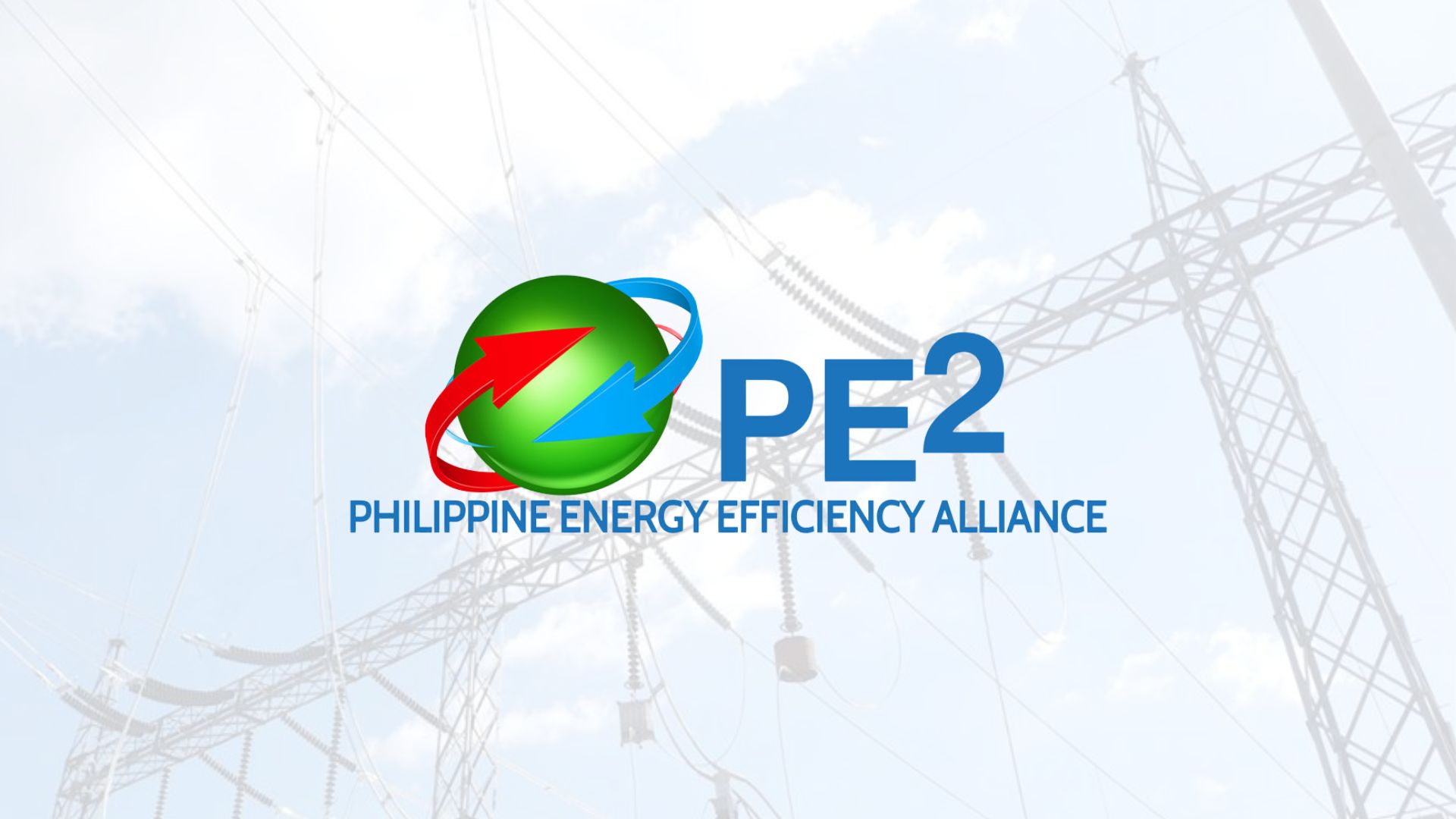New government procurement law to offer solutions on energy efficiency
- July 22, 2024
- 0

Philippine Energy Efficiency Alliance (PE2) said that the Republic Act No. 12009, or New Government Procurement Act (NGPA), will enable the acquisition of technology, solutions, and services with the lowest life-cycle costs by picking the offer that provides the best energy efficiency and overall quality.
“PE2 sees such procurement policy reform as a huge catalyst to energy efficiency improvements in government buildings, public street and outdoor lighting and other energy uses in public infrastructure such as water supply, treatment and distribution and sewage treatment,” says PE2 President Alexander Ablaza.
The goal of the New Government Procurement Act looks to encourage transparency and improve public services by simplifying procurement procedures for national government agencies and local government units (LGUs).
“A streamlined and more transparent procurement process means faster and greater efficiency in the delivery of government services. This also means less opportunities for graft and corruption,” said Senate Minority Floor Leader Francis ‘Tol’ Tolentino, who was present during the formal signing of the law last Saturday, July 20.
Tolentino stressed the importance of NGPA, saying that its predecessor, the Republic Act 9184, which was signed in 2003, needed to be updated.
The new law introduced reforms such as Most Economically Advantageous and Responsive Bid (MEARB), which highlights not only the lowest price but also considers factors such as sustainability, quality, and technologies.
Meanwhile, Most Advantageous and Responsive Bid (MARB) would ensure procuring entities to review technical specifications, delivery time, and post-award services.
Additionally, Sustainable Procurement advocates environmentally friendly methods that take into account the full life span cost of goods and services, such as energy efficiency, recyclability, and environmental effect.
Ablaza explained that often, energy expenses, particularly for electricity consumption, constitute the largest portion of the life-cycle cost, frequently exceeding the initial acquisition cost of the equipment once it is delivered and installed.
“The explicit inclusion of life-cycle cost modality of government procurement will shift competitive pricing for purchases and contracts for energy efficiency upgrades away from initial capital outlays to the total cost of ownership through the usable life of the capital equipment,” Ablaza added.